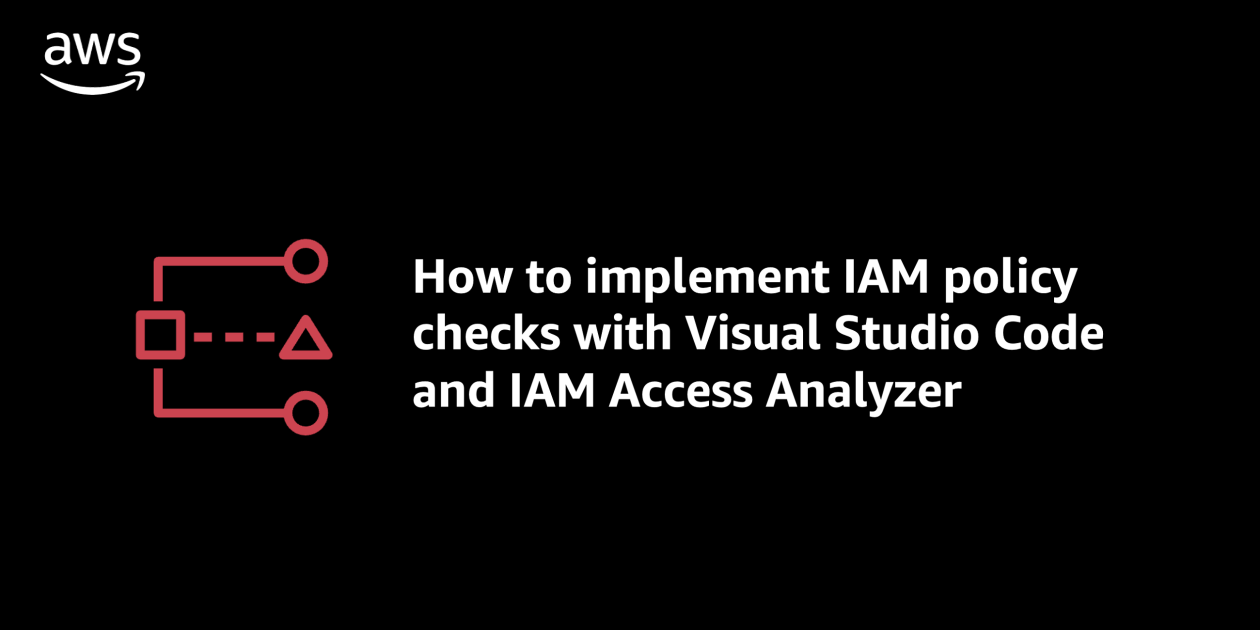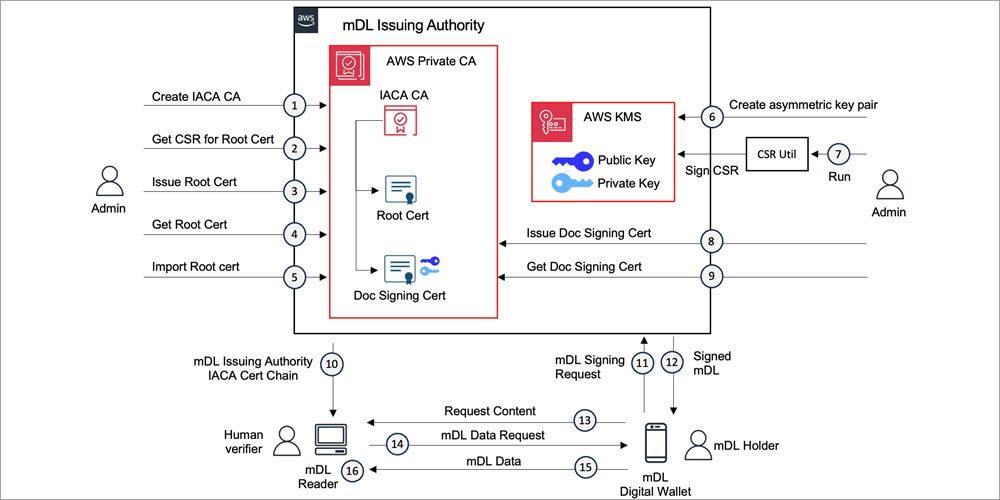Greetings from the AWS Customer Incident Response Team (AWS CIRT). AWS CIRT is a 24/7, specialized global Amazon Web Services (AWS) team that provides support to customers during active security events on the customer side of the AWS Shared Responsibility Model. We’re excited to announce the launch of the Threat Technique Catalog for AWS.
When the AWS CIRT assists customers with incident response during security investigations, we gather AWS service metadata on the types of tactics and techniques that threat actors have used against AWS customers. We use this information to build an internal dataset of indicators of compromise (IOCs) and threat patterns that provides insight into how threat actors are taking advantage of misconfigured AWS resources, overly permissive access, or the methods they use in attempting to achieve their objectives.
We capture this metadata and use it internally to continually improve AWS services to help make them more secure for our customers by making it more difficult for threat actors to perform unauthorized actions. For example, some of the metadata that the AWS CIRT has captured as a result of investigating security events where a threat actor has used the Amazon Bedrock service to consume tokens by invoking large language models (LLMs) has been used to supplement the Amazon GuardDuty IAM Anomalous Behavior finding. Earlier this year, the AWS CIRT identified an increase in data encryption events in Amazon S3 that used an encryption method known as server-side encryption using client-provided keys (SSE-C). AWS CIRT used the Threat Technique Catalog for AWS to classify the new techniques identified in these security events to communicate internally and with other Amazon security teams.
We’ve received feedback from AWS customers that information about the adversarial tactics, techniques, and procedures (TTPs) observed by the AWS CIRT would be valuable and helpful if made available to them, so they could use the information to configure their AWS resources more securely. Over the previous year, we’ve been working with MITRE to make these techniques and sub-techniques available to the global security community. As a result of this collaboration, MITRE has updated and added some of these techniques to MITRE ATT&CK® as part of their October 2024 update cycle (for example, Data Destruction: Lifecycle-Triggered Deletion).
“We greatly appreciated the insight AWS shared with us, and it inspired improvements to a number of techniques in the October release of MITRE ATT&CK. For ATT&CK to keep up with the latest threats, community contributions that benefit the ecosystem are needed, and we value AWS being a part of the ATT&CK community.” –Adam Pennington, project lead, MITRE ATT&CK, MITRE
Companies, entities, and organizations use ATT&CK to help them understand, prioritize and protect against the threats to their on-premises environments, and we believe that taking advantage of an already existing framework to present these adversarial techniques will provide AWS customers and the global security community with the ability to identify and categorize threats on their AWS infrastructure the same way that the AWS CIRT does.
The Threat Technique Catalog for AWS—based on MITRE ATT&CK Cloud—extends these contributions and includes categories of adversarial techniques that are specific to AWS and have been observed by the AWS CIRT; in addition to information on ways to mitigate those techniques and how to detect them. For example, you can go to the Threat Technique Catalog for AWS, filter by the AWS services in your account, and review the content that will help make your environment more secure. The Getting Started section includes additional ways that you can use the Threat Technique Catalog for AWS. We will continue to update and provide additional changes to the Threat Technique Catalog for AWS to help guide you into making your AWS environment more secure and will continue collaborating with MITRE to advise them of new and trending threat actor techniques.
To get started, visit the Threat Technique Catalog for AWS.
© 2025 The MITRE Corporation. This work is reproduced and distributed with the permission of The MITRE Corporation.
If you have feedback about this post, submit comments in the Comments section below.
Steve de Vera
Steve is a manager in the AWS Customer Incident Response Team (CIRT) with a focus on threat research and threat intelligence. He is passionate about American-style BBQ and is a certified competition BBQ judge. He has a dog named Brisket.
Cydney Stude
Cydney is a Security Engineer with the AWS Customer Incident Response Team (CIRT), specializing in incident response and cloud security. Cydney focuses on technical depth and real-world experience handling complex cloud challenges. Outside of work, Cydney enjoys salsa dancing and adventuring with her german shepherd.
Nathan Bates
Nathan is a Sr. Security Engineer within Global Services Security. He specializes in data, analytics, and reporting services for vulnerability management, policy compliance, asset assurance, incident response, and threat intelligence. Nathan is passionate about high performance driving, racing cars, playing guitar, and making music.



